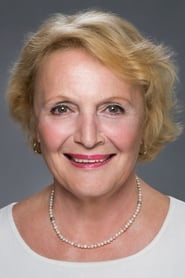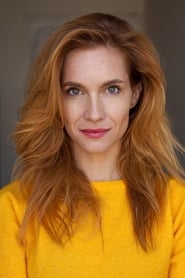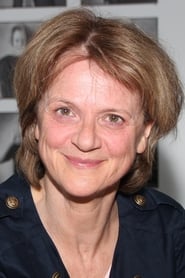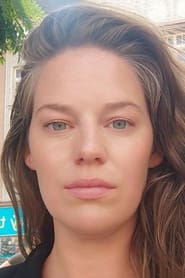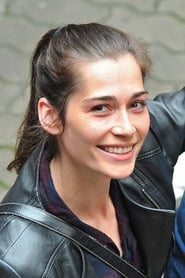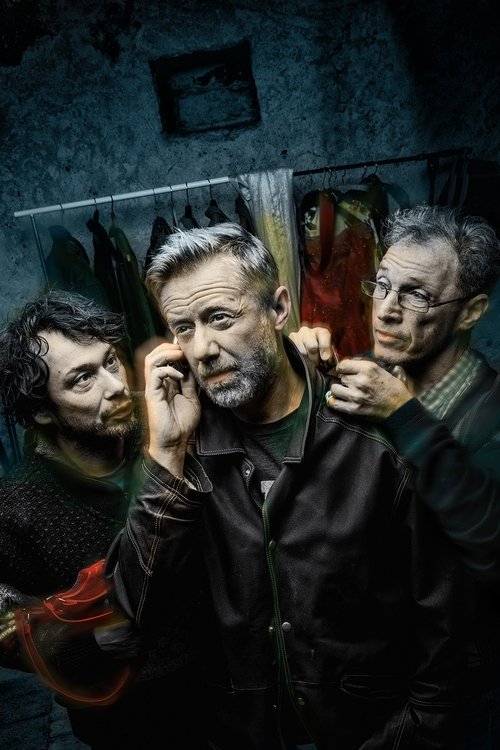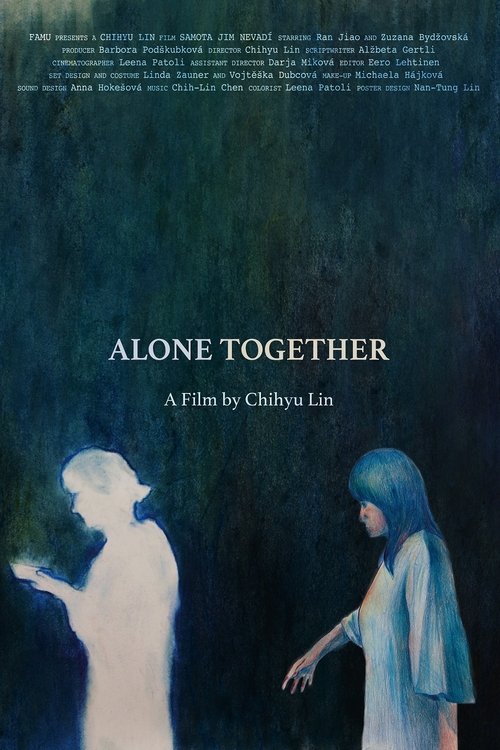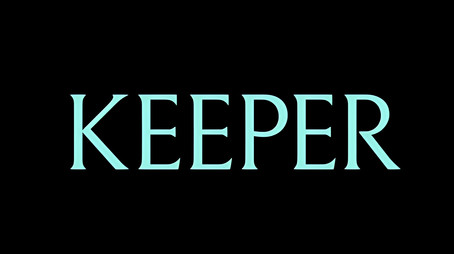
Ask Your Own Question
What is the plot?
The account begins in 1966, when Donald Bain sits at his desk in the public relations office of American Airlines in New York City and composes a manuscript that will be published under a different byline. He writes the text in the first-person voice of a flight attendant named Trudy Baker, drafting episodes that portray two years spent working out of a New York crew base during what the manuscript treats as the golden era of airline travel. Bain files chapter after chapter that emphasize the flirtatious and glamorous aspects of the job while also recording incidents he presents as difficult experiences encountered on the line. He weaves into the narrative contemporaneous references to television programs like Batman and sprinkles the manuscript with lists of famous people the narrator claims to have flown, and he names the planes she works on--the Boeing 707, the newer Boeing 727 as it is introduced, and the smaller BAC 111--so that the work reads as a run of on-the-job anecdotes rather than a formally researched chronicle.
In October 1967 Bartholomew House, an imprint of Bartell Media Corporation, issues the work in hardcover. The publisher brings the book back for a second printing two months later, in December, and then again in January of 1968, as demand continues. Bantam Books, then operating as a division of Grosset & Dunlap, acquires the paperback rights and releases a mass-market edition in November 1968. Bantam presses the paperback into multiple printings, and by January 1969 the company records a tenth printing. Throughout these editions the text presents itself under the byline of two stewardesses, with Bain's name appearing only as a dedication tucked between the chapter list and the foreword; he remains officially uncredited as the book's author until a 2003 edition adds his name beneath the original Baker and Jones attribution, acknowledging his role as "with Donald Bain."
To promote the book, the publisher and Bain arrange for two Eastern Airlines stewardesses to travel on book tours and make television appearances, posing as the purported authors. These women appear in public and on air to answer questions and embody the personas presented in the book, while Bain continues to work behind the scenes. He later recounts in a 2002 memoir that he wrote the book while employed in airline public relations and that its success provides him with a long-running income; he claims the four volumes that follow sell more than five million copies worldwide and sustain him financially for about seventeen years.
The original text features illustrations by Bill Wenzel, a cartoonist known for work in men's magazines; Wenzel's drawings depict the flight attendants and several female passengers in an exaggerated, buxom style that aligns with the book's emphasis on sex appeal. The narrative voice remains Trudy Baker's first person throughout, and the prose consistently selects episodes that foreground sexualized encounters and romanticized travel, even as it narrates episodes the author frames as unpleasant or challenging. The book frames the job as a mixture of demanding labor and a glamorous lifestyle, recounting layovers and flights, the ritual of dressing and serving on board, and the social navigation of passengers, colleagues, and celebrity travelers.
Publishers and later catalog entries classify the book as adult fiction, and the Penguin Group, which becomes the book's publisher in later decades, lists it under that label. Contributing to the book's aura of authenticity, Bain places fictitious names for ordinary people while allowing the identities of actual famous passengers to stand. The text provides a running inventory of aircraft types and service changes--an incidental description of the airline integrating Boeing 727 service alongside existing Boeing 707 operations--so that readers encounter concrete technical details amid the anecdotal material.
Capitalizing on the original volume's commercial momentum, Bain produces three sequels over the subsequent years. In 1969 he releases The Coffee, Tea or Me Girls' Round-the-World Diary, and in 1972 he publishes The Coffee, Tea or Me Girls Lay It on the Line. A final sequel, The Coffee, Tea or Me Girls Get Away from It All, arrives in 1974. Each follow-up continues to present the material as the candid reminiscences of the stewardess persona, maintaining the first-person confessional tone and continuing to deliver episodes that stress romantic and sexual encounters alongside workplace episodes and travel anecdotes. The sequels extend the commercial franchise and add to the body of work that Bain later describes as spawning a genre of lighthearted, risqué comedy.
In 1973 a television film adopts the book's title and produces a screen version that draws loosely on the published anecdotes. The TV movie modifies and reshapes episodes to suit its format, dramatizing certain scenes and condensing others, and it brings the stewardess characters to a wider audience through broadcast. Meanwhile, cultural references to the book's title begin appearing in popular music and film. Songwriters incorporate the phrase into lyrics; for example, the 1970 hit "The Rapper" by the Jaggerz includes the line "Come up to my place for some coffee, or tea, or me." Popular acts of the late 1970s and beyond also echo the phrase: it appears in the 1978 Skyhooks track "Women in Uniform" and surfaces again in the 1988 feature film Working Girl, where the expression functions as a recognizable, if playful, cultural shorthand.
Over the decades after its first release, commentators and media figures revisit the book's origins and the circumstances of its authorship. New York Times columnist Joe Sharkey recounts Bain's own description of how he wrote the book while working for American Airlines and reflects on the franchise the book generates. In Bain's later memoir Every Midget Has an Uncle Sam Costume: Writing for a Living, he lays out his role in composing the initial volume and acknowledges the commercial success that follows, describing the four books as an "annuity" that supports him for many years.
Scholars and documentarians take the subject further in the early 21st century. A 2002 documentary borrows the title Coffee, Tea or Me? for a film subtitled The Surprising Story of the Underestimated Trolley Dolly; its producers interview former air hostesses who recount their experiences working for New Zealand carriers in the 1960s and 1970s. The documentary treats the profession's history and social dimensions and thereby connects the book's sensational tone with broader accounts of airline service work in that era.
Across reprints and adaptations, the book's formal features remain visible: its first-person narrator is consistently identified as Trudy Baker; the original dedication contains Bain's name but does not identify him as the author until the 2003 edition; and Bill Wenzel's illustrations preserve the men's-magazine aesthetic that accompanies the prose. Publishers in later decades, including Penguin Group, catalogue the work as adult fiction, and editions continue to circulate that list episodes of celebrity passengers, name specific aircraft, and exhibit the cover and interior art tied to the book's initial marketing appeal.
By the time Bain publishes his memoir in 2002, he is prepared to discuss both the mechanics of producing the book and the strategy used to promote it. He recounts hiring two Eastern Airlines stewardesses to act as the book's public faces on television and during tours, a decision designed to present the fiction as fact and to enhance book sales through performative authenticity. He also reiterates that the books spawn similar comedic works and that the series' commercial performance--selling more than five million copies worldwide, by his estimate--becomes a durable financial resource for him.
The publication history includes concrete logistical details: Bartholomew House issues the first hardcover in October 1967, with follow-up printings in December 1967 and January 1968. Bantam's paperback edition appears in November 1968 and reaches a tenth printing by January 1969. The 2003 reissue adjusts the credit line to read "with Donald Bain" beneath the Baker and Jones byline, thereby retroactively clarifying authorship. Later publisher notes describe the book as adult fiction, and trading cards of information in bibliographic entries list the book's placement within a series and its sequels' titles and dates.
Throughout its existence in print and on screen, the work mixes fabricated personal anecdotes with references to genuine cultural touchstones. It names popular television programming contemporaneous with its composition, and it ties its travel scenes to specific aircraft types that were in service at the time. It also leaves many of the ordinary people in its stories unnamed or fictionalized, while allowing the identities of public figures mentioned to remain recognizable. The book's tone and presentation encourage readers to treat the narrative as a series of candid workplace recollections, even as the true authorship remains obscured until later acknowledgments.
In the years after the originals circulate, adaptations and derivative works keep the title in public memory. The 1973 television adaptation reframes episodes for a broadcast audience; the 2002 documentary uses the title and subtitle to examine the lived experience of air hostesses in another national context; and popular songs and later films continue to quote or allude to the distinctive phrase that serves as the book's title. By the time the author's memoir appears, the sequence of publications, promotions, and adaptations has produced a visible cultural footprint that the memoir's account of authorship seeks to clarify.
The record ends with the book still in the bibliographic and cultural archive: reprints bear Bain's name alongside the original fictional byline, illustrators' drawings remain associated with the early paperbacks, and the sequels bear their respective titles--The Coffee, Tea or Me Girls' Round-the-World Diary (1969), The Coffee, Tea or Me Girls Lay It on the Line (1972), and The Coffee, Tea or Me Girls Get Away from It All (1974). The title also persists as a phrase that songwriters and filmmakers reuse, and the 1973 television film and the 2002 documentary ensure the story of the book and the profession it depicts remains accessible to later audiences.
What is the ending?
The movie Nobody Likes Me (2025) ends with Sára coming to terms with the complexities of her relationship with Martin after his secret is revealed, and facing the social consequences of that revelation. The story closes on a note of emotional ambiguity, highlighting Sára's isolation and the societal challenges they both endure.
Expanded narrative of the ending scene by scene:
The final act begins with Sára and Martin's relationship reaching a critical point. Sára, who has long been fascinated and emotionally invested in Martin, attempts to deepen their connection physically. However, Martin abruptly withdraws, signaling a boundary Sára had not anticipated. This moment is charged with tension and confusion, as Sára struggles to understand Martin's reluctance.
Martin then reveals his deep secret: he is intersex, a fact he has kept hidden due to fear of rejection and societal stigma. This revelation is a pivotal moment, portrayed with intimate close-ups and lingering silences that emphasize the vulnerability of both characters. Sára's initial shock gives way to a complex mix of emotions--acceptance, confusion, and concern.
Following this, Sára unintentionally discloses Martin's secret to her family. The film depicts a tense family scene where Sára's authoritarian mother reacts with disapproval and discomfort, underscoring the social prejudices and lack of understanding surrounding intersexuality. The family's reaction contrasts sharply with Sára's more compassionate stance, highlighting the emotional isolation she experiences.
The closing scenes show Sára navigating her daily life at the army headquarters, where she remains somewhat detached and solitary despite being surrounded by colleagues. The film uses quiet, contemplative shots of Sára eating alone and observing others to convey her ongoing sense of alienation.
Martin's fate is left somewhat open-ended; he remains a figure of mystery and complexity, his relationship with Sára strained but not entirely broken. Sára's fate is one of continued solitude but also a growing awareness of the social challenges faced by those who do not conform to conventional norms.
The film ends without a conventional resolution, instead emphasizing the ongoing internal and external conflicts faced by the characters. It leaves viewers reflecting on themes of identity, acceptance, and the societal pressures that shape personal relationships.
Main characters' fates at the end:
- Sára: Continues to live a solitary life, emotionally affected by the revelation and its social fallout, but with a deeper understanding of herself and Martin.
- Martin: Remains distant and guarded, his secret exposed, facing societal rejection but still connected to Sára in a complicated way.
- Sára's mother: Represents societal judgment and lack of acceptance, maintaining a critical stance toward Sára's relationship.
This detailed ending captures the film's exploration of intimacy, identity, and social conformity through the personal struggles of its protagonists.
Is there a post-credit scene?
The movie Nobody Likes Me produced in 2025 does not have a post-credits scene. There are no additional scenes or stingers after the credits; only some photos are shown briefly before the credits begin, but these do not function as a post-credits scene or tease for a sequel.
This is consistent with the pattern seen in the Nobody franchise, where the first film had a mid-credits scene, but the sequel Nobody 2 (2025) deliberately omitted any post-credits or after-credits scenes to avoid setting up a specific next installment prematurely. The photos shown during the credits serve more as a thematic signal about the protagonist's ongoing life rather than a narrative teaser.
Therefore, for Nobody Likes Me (2025), you do not need to stay after the credits expecting any additional scene.
What is the nature of Martin's secret that he reveals to Sara?
Martin's secret is that he is intersex, a hermaphrodite. This revelation comes after Sara pressures him to open up when he shies away from taking their relationship to a deeper physical level.
How does Sara's family react when she unintentionally reveals Martin's secret?
Sara discovers that her joy in the relationship has blinded her to the harsh reality of how society, including her family, deals with someone perceived as a 'freak.' The reaction is negative and reveals societal prejudice and stigma.
What is Sara's relationship like with her mother and how does it affect her?
Sara has a strained relationship with her authoritarian mother, who pressures her to find a partner, believing there are plenty of men around her workplace. This maternal pressure contributes to Sara's solitude and detachment from others.
Who is Lenka and what role does she play in Sara's life?
Lenka is Sara's friend whom Sara invites to the battalion ball. Lenka later starts a relationship with a soldier named Karel, highlighting Sara's own isolation and lack of romantic connection.
How is Sara's social life depicted at her workplace and outside?
Sara is portrayed as a loner who has no friends at her workplace and often eats alone during lunch and in restaurants. She is an observer of others' lives rather than an active participant, emphasizing her solitude and detachment.
Is this family friendly?
The movie Nobody Likes Me (2025) is not family friendly and may be upsetting or inappropriate for children and sensitive viewers. It contains sexually provocative content, including a full physical relationship and intercut images suggestive of coitus, though not explicit. The film also deals with complex adult themes such as intersexuality, social conformity, and dysfunctional family dynamics, which may be emotionally challenging.
Potentially objectionable or upsetting aspects include:
- Scenes implying sexual intimacy and nudity related to the intersex character, which are handled in a mature and provocative manner.
- Emotional tension and family conflict, including stalking behavior by an overbearing mother, which can be disturbing.
- Themes of social rejection and identity struggles that may be intense or unsettling for sensitive viewers.
There is no indication of graphic violence, strong language, or horror elements, but the film's emotional and thematic intensity makes it unsuitable for children or those sensitive to adult relationship and identity issues.








